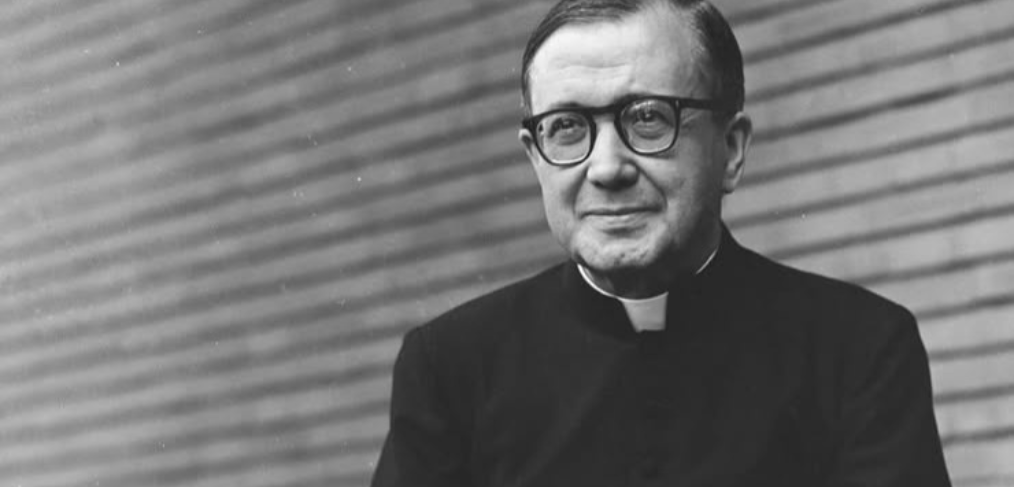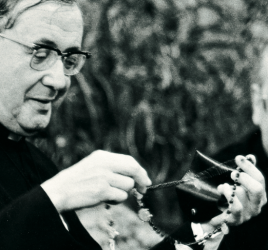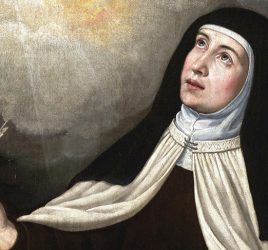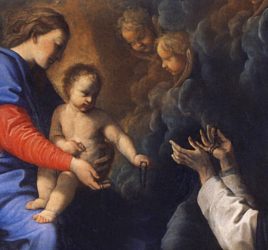
“Life is Very Short”: A Brief Account of St. Josemaria’s Final Years
“The length of a life is very short.
But how much can be accomplished in this short time, for the love of God!”
ST. JOSEMARIA ESCRIVA
On June 26, 2025, we commemorate the 50th anniversary of the death or dies natalis of St. Josemaria Escriva. Following is a brief account of his final years and how those profound moments led to the widespread devotion to St. Josemaria today.
In May 1970, St. Josemaria traveled to Mexico. The years after the Second Vatican Council were particularly painful within the Church. With his characteristic trust in the Virgin Mary, St. Josemaria decided to go to the Basilica of Guadalupe in Mexico City to pray for this intention and for the juridical future of Opus Dei.
He spent more than a month in Mexico, filled with endearing experiences. In Mexico, there is a retreat house located by Lake Chapala. It is said that the sunsets there are unforgettable. During his visit to these lands in 1970, St. Josemaria spent a couple of nights there. In his room, there was a painting depicting Our Lady of Guadalupe giving Saint Juan Diego a flower. Upon seeing the painting, St. Josemaria commented: “That is how I would like to die; looking at the Virgin and receiving a flower from her.”
St. Josemaria left Mexico with the assurance that the Virgin had heard him: “I ask you no more, Mother. I have left in your hands everything that was burdening my soul, my heart, my head, my whole being. I am sure you have heard me, and I leave here satisfied and at peace.”
This trusting prayer to Our Lady of Guadalupe once again manifested that childlike love St. Josemaria felt for the Church and the Pope: “What joy to be able to say with all my heart: I love my Holy Mother the Church!” Moved by genuine affection, he began to offer his life every day for the Church and the Pope.
In 1974 and 1975, St. Josemaria crossed the Atlantic twice more for a tour of South America: Brazil, Argentina, Chile, Peru, Ecuador, Venezuela, and Guatemala. On his return to Rome, he wrote: “How much I have learned in America! My faith and piety have become stronger, deeper, more Joseph-like, because I have discovered more clearly and profoundly the figure of my Father and Lord, Saint Joseph.”
SOW PEACE & JOY EVERYWHERE
During a meeting with friends and members of Opus Dei in Argentina, someone asked St. Josemaria: “When you leave, what do you want to leave in the hearts of all your children?”
He replied: “That you sow peace and joy everywhere; that you do not say any words that are hurtful to anyone; that you know how to walk hand in hand with those who do not think like you. That you never mistreat each other; that you are brothers to all people, sowers of peace and joy, and that you give them this restlessness of thanksgiving that you have given me with your words.”
50 YEARS A PRIEST
On March 28, 1975, St. Josemaria celebrated 50 years as a priest. With his characteristic sense of humor, he commented: “I tried to sum up these fifty years, and it made me laugh. I laughed at myself and filled with gratitude to Our Lord, because it is He who has done everything.”
OUR LADY OF TORRECIUDAD
In mid-May of that same year, St. Josemaria traveled again, this time to Spain, to visit Our Lady of Torreciudad. As a gesture of love for the Virgin, he had asked some members and friends of Opus Dei to build a shrine there where his parents had taken him seventy years earlier in thanksgiving for his recovery. He consecrated the altar and silently admired the altarpiece from one of the pews in the church.
DIES NATALIS
On Thursday, June 26, 1975, shortly after noon, St. Josemaria gave up his soul to God after suddenly collapsing and glancing at an image of Our Lady of Guadalupe that hung in his office. He passed away with the same simplicity that had characterized his life. He was 73 years old.
Blessed Alvaro del Portillo, a faithful friend of many years, recalled: “We resisted believing that he had died. For us, certainly, it was a sudden death; for the Father, it was undoubtedly something that had been ripening-dare I say-more in his soul than in his body because every day, he offered his life more frequently for the Church.”
CANONIZATION
The fame of the heroic virtues of St. Josemaria soon extended around the world, and countless people turned to his intercession, asking for both material and spiritual favors. On February 19, 1981, the Congregation for the Causes of Saints opened St. Josemaria’s Cause of Beatification and Canonization in Rome. After a rigorous study of his life and his writings, and with the proof of a miraculous cure (brought about through his intercession) of Sister Concepción Boullón Rubio, a Carmelite nun, Pope St. John Paul II beatified him on May 17, 1992 in Rome.
After the approval of a new miracle, the miraculous cure of an orthopedic surgeon, Dr. Manuel Nevado Rey, St. Josemaria was solemnly canonized by Pope St. John Paul II on October 6, 2002 before an immense crowd of nearly half a million people. This figure bears witness to the widespread devotion to St Josemaria, a man who proclaimed that every person has the ability and responsibility to seek God in their ordinary work and lives.
OUR LADY OF PEACE
The mortal remains of St. Josemaria are interred in the Prelatic Church Our Lady of Peace in Rome. The church was constructed in the 1950s at the request of St. Josemaria. It is situated beneath a complex of buildings that form the central headquarters of Opus Dei, known as Villa Tevere. Blessed Alvaro del Portillo summarized its significance as a place where the hearts of all members of Opus Dei converge. A virtual tour and information for visiting is available on the church’s website (click here).




